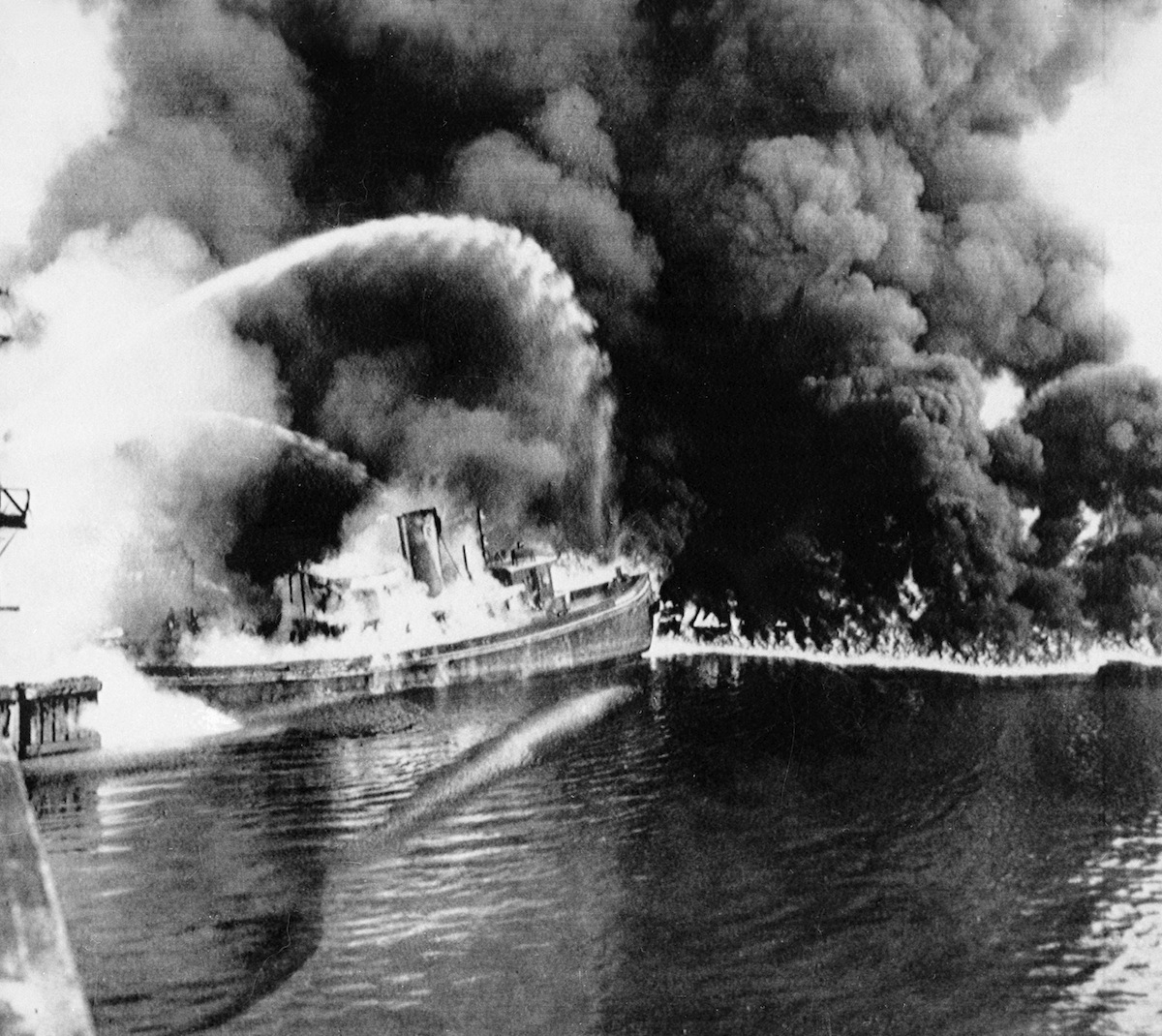
It was the disaster that ignited an environmental revolution. On this day, June 22, in 1969, the Cuyahoga River burst into flames in Cleveland when sparks from a passing train set fire to oil-soaked debris floating on the water’s surface.
When TIME published dramatic photos of the burning river — so saturated with sewage and industrial waste that it “oozes rather than flows,” per the story — concern erupted nationwide. The flaming Cuyahoga became a figurehead for America’s mounting environmental issues and sparked wide-ranging reforms, including the passage of the Clean Water Act and the creation of federal and state environmental protection agencies.
But the episode itself did not quite live up to its billing. It was not the first fire, or even the worst, on the Cuyahoga, which had lit up at least a dozen other times before, according to the Washington Post. Flare-ups on the river were so common that this particular fire, which was extinguished in half an hour and did relatively little damage, barely made headlines in the local papers.
And industrial dumping was already improving by the time of the 1969 blaze. As the Post points out, “The reality is that the 1969 Cuyahoga fire was not a symbol of how bad conditions on the nation’s rivers could become, but how bad they had once been. The 1969 fire was not the first time an industrial river in the United States had caught on fire, but the last.”
In fact, TIME’s dramatic photos were not even from the 1969 fire, which was put out before anyone thought to take a picture. The magazine instead published archival photos from a much bigger fire on the same river 17 years earlier, in 1952.
The story’s points were valid, however, and even more shocking than the photo spread. Aside from the Cuyahoga, in which there were no signs of visible life — “not even low forms such as leeches and sludge worms that usually thrive on wastes” — unregulated dumping befouled nearly every river that passed through a major metropolitan area. The Potomac, TIME noted, left Washington “stinking from the 240 million gallons of wastes that are flushed into it daily” while “Omaha’s meatpackers fill the Missouri River with animal grease balls as big as oranges.”
While the Clean Water Act might not have prevented any more river fires, which were already on their way out, per the Post, it did force cities to clean up their act, and their water, in other ways.
By 1989, the Cuyahoga was not quite pristine — but it was fireproof, according to the New York Times. Some signs of life had reappeared, including insects and mollusks. And Cleveland’s water pollution control commissioner averred that the Cuyahoga no longer oozed, but “often gleam[ed] and sparkle[d].” Almost like, well, a river.
Read more, from 1969, in the TIME Vault: The Price of Optimism
Earth From Above: The Blue Marble




More Must-Reads from TIME
- Cybersecurity Experts Are Sounding the Alarm on DOGE
- Meet the 2025 Women of the Year
- The Harsh Truth About Disability Inclusion
- Why Do More Young Adults Have Cancer?
- Colman Domingo Leads With Radical Love
- How to Get Better at Doing Things Alone
- Michelle Zauner Stares Down the Darkness
Contact us at letters@time.com